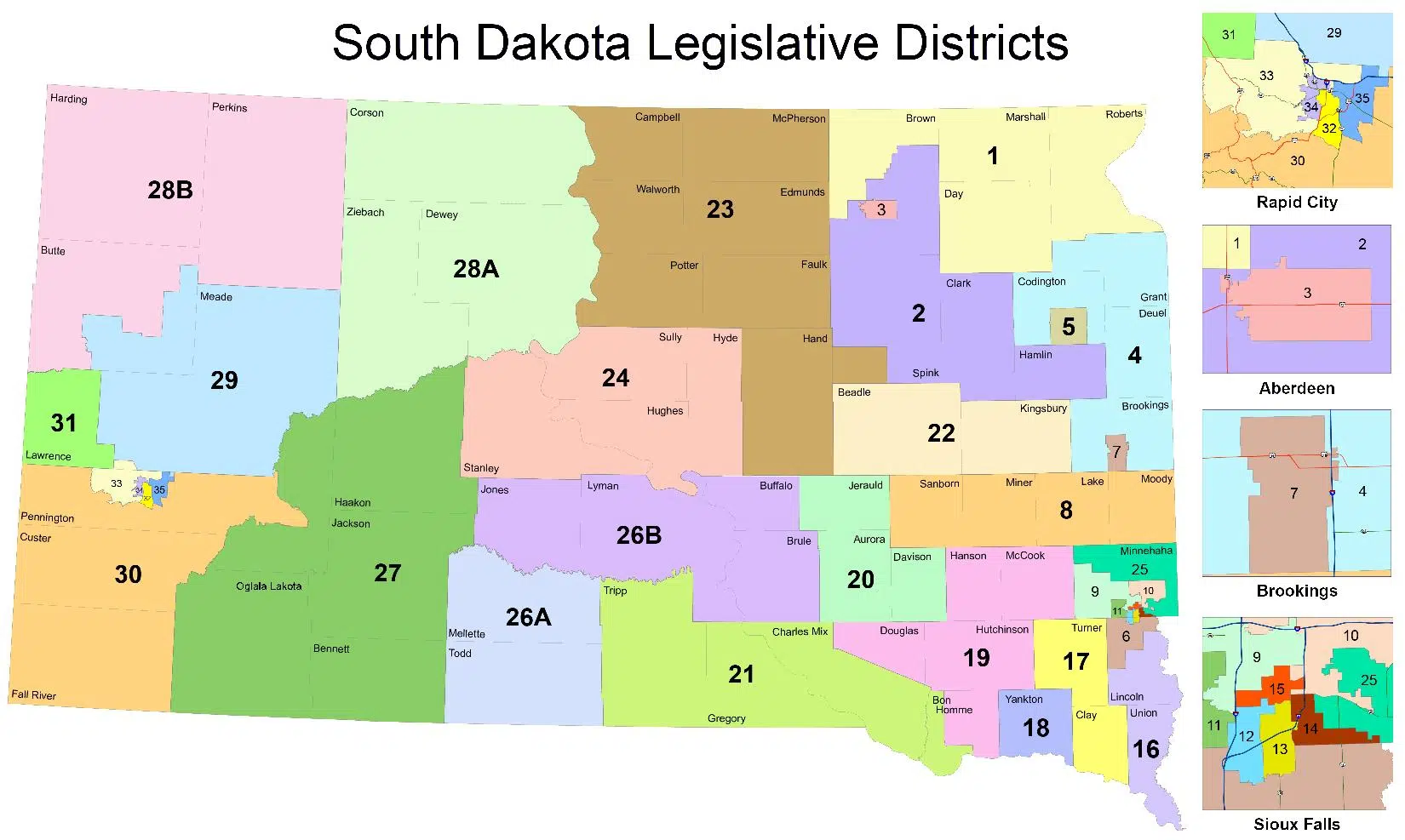Conurbation. What is it? Why does it matter? by District 24 Senator Mary Duvall.
As the legislative redistricting committees get further along in their work, one of the terms we hear is “conurbation.” The word is defined as “an aggregation or continuous network of urban communities.” Within the redistricting process, it is used to describe a group of legislative districts representing an urban area. There are two conurbation areas being considered by the committees – one for Sioux Falls and one for Rapid City. These are largely a housekeeping convention, used to manage the committee’s workload.
Each of the state’s 35 Senate districts will have a population of 25,333, plus or minus five percent. This is a guideline established by the committees to satisfy the constitutional requirement that the districts have population as nearly equal as is practicable. The redistricting process is in some respects like putting together a 35-piece puzzle, using pieces that are dictated by population numbers.
The population within a conurbation area will be a multiple of 25,333 (plus or minus five percent). For example, the Rapid City conurbation area will encompass three legislative districts and will have a population of approximately 76,000. By establishing the outer boundary of a conurbation area, it allows the full committee to work on drawing lines for the rest of the state while a subcommittee works with local input to develop recommendations for the district lines within that area.
Any recommendations developed for districts within a conurbation area will then be brought back to the full committee to plug into the statewide map. For much of the state, legislative districts will encompass multiple counties. The legislative districts within the state’s larger communities will require more analysis to ensure that district lines make sense. For example, using a major street in a commercial area as a dividing line is better than using a street in a residential area.
The redistricting process also has a subcommittee working on the districts representing tribal areas. South Dakota was in a lawsuit 20 years ago for violating the Voting Rights Act, a federal law that prohibits racial discrimination in voting. The tribal subcommittee will be working to develop recommendations for districts that meet the requirements of the Voting Rights Act and subsequent court cases.
As the process unfolds, your thoughts and comments are welcome. You can send a general email to sdredistricting@sdlegislature.gov, or reach me via email at mary.duvall@sdlegislature.gov.

South Dakota legislative district boundaries from 2010 census.
Image credit South Dakota Legislative Research Council.







Comments